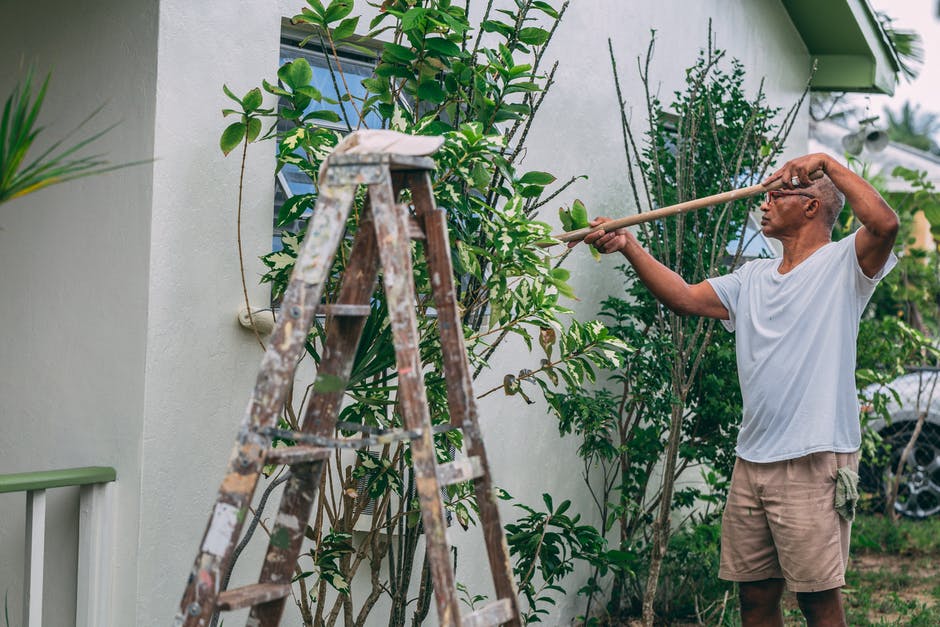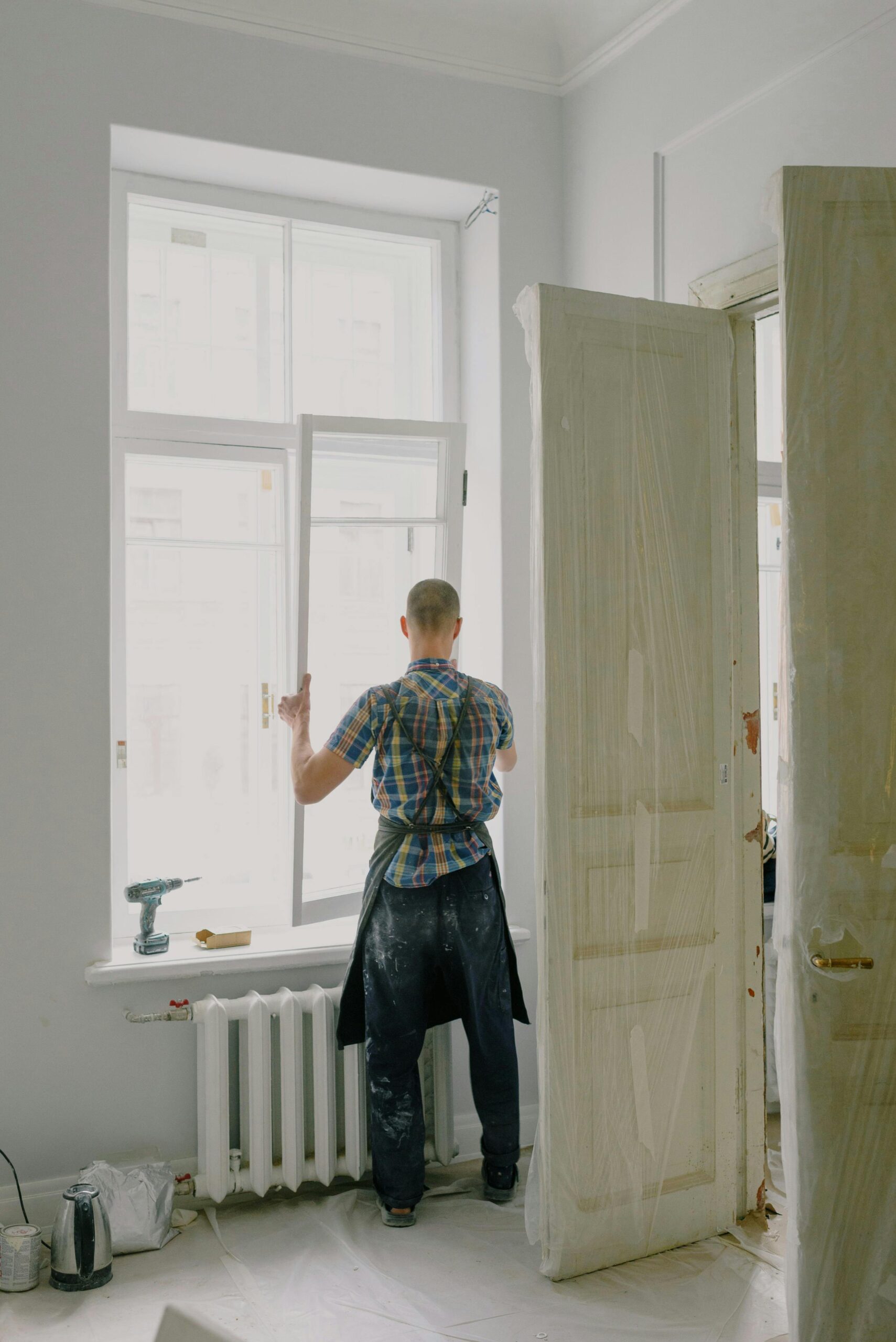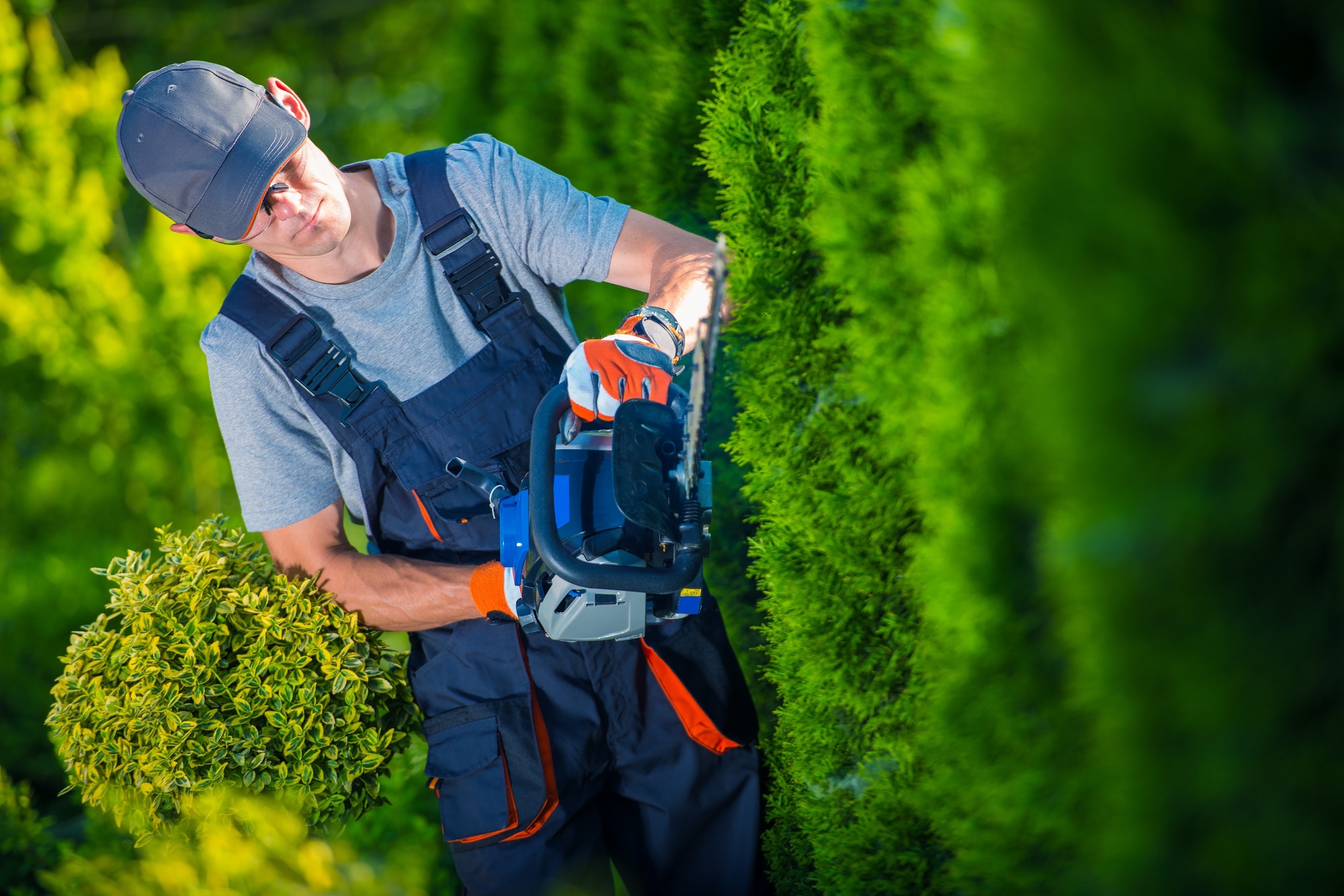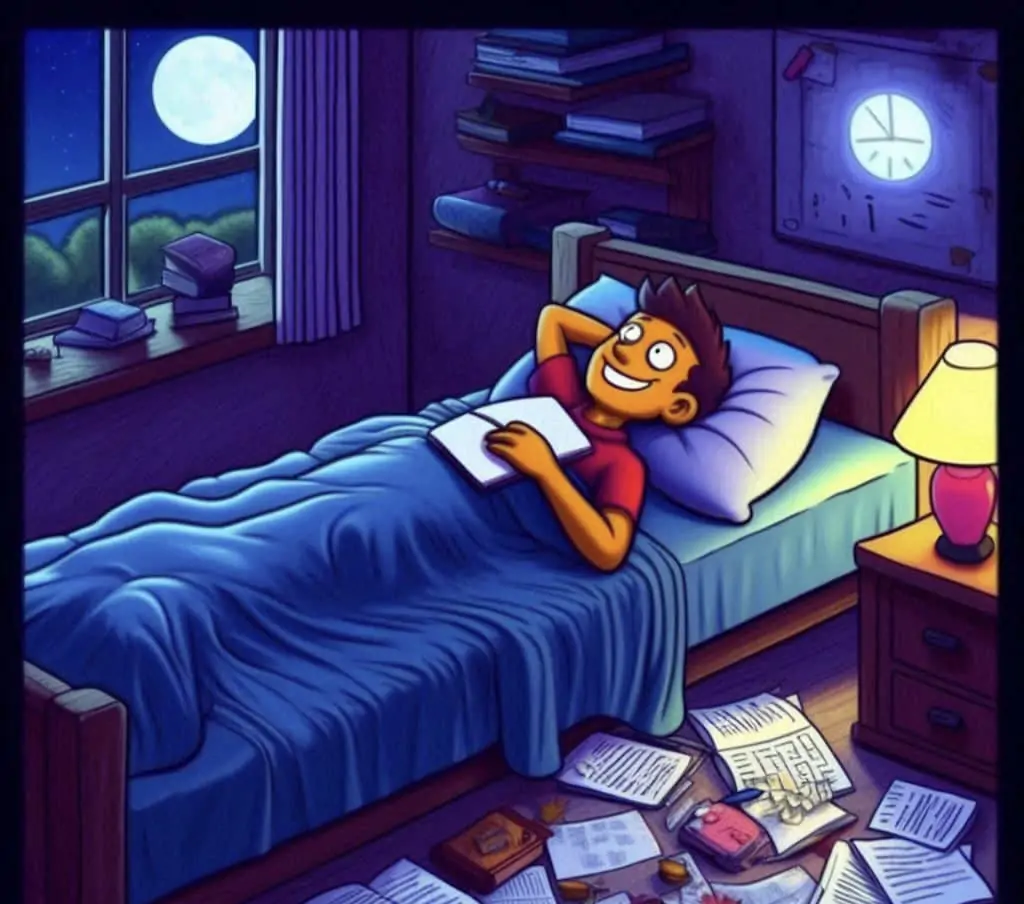When you think of home improvement projects, the first things that come to mind are likely indoor renovations such as repainting the walls or refinishing the kitchen cabinets. And with the long list of projects you no doubt want to complete inside, it’s easy to overlook your outdoor space.
But wouldn’t it be nice to be able to enjoy your yard just as much as you enjoy your indoor spaces?
Well, by completing a back yard clean up, you can! Sprucing up your outdoor space isn’t as difficult as you might think. It does take time and effort, but with a thorough plan and a bit of elbow grease, anyone can do it.
If you’re interested in taking your yard up a notch (or several), we’re here to help. Outlined below is everything you need to know to create the ultimate outdoor space, from back yard clean up ideas to yard maintenance tips. Keep reading to learn more!
Read more: Riverside tree expert for your backyard maintenance
Make a Plan
Every yard is different, and no two back yard tidy up projects are identical because of it. Because of this, the first step is to assess your yard and make a plan.
What size is your yard? What type of grass and other greenery do you have? Has the space fallen into complete disarray, or are you simply bringing it back to life after a long winter?
If you can, print out a diagram of your yard and use it to draw out your plan. If this isn’t an option, you can sketch out a diagram of the space yourself to use as a starting point.
Think about what you need to get rid of, as well as what you want to add or change, then make a list. Next to each item, write down the supplies you’ll need to complete it.
Gather Your Tools
Now that you have a list of projects and supplies, it’s time to ensure that you have all the tools needed to bring your ideas to life.
The shrubs, flowers, and other additions you want to make will be specific to your yard. However, there are a few items necessary for any major yard project, no matter what your list includes.
First, remember that hand and eye protection should always be worn while working outdoors, as well as long pants and a long-sleeved shirt.
Aside from personal protective equipment, you’ll need landscape clearing tools. This is your rake, shovel, pruning saw, trowel, and string trimmer (weed wacker). For more in-depth tasks, you might also need a chainsaw and ax.
Other necessities include a lawnmower, hedge clippers, and a means of disposing of your yard waste. Some cities will allow you to place all your yard waste at the edge of the curb, and a specialized waste removal crew will pick it up. In others, you’ll need to dispose of it yourself.
If you fall into this category, take a look at https://mobileskips.com.au/. The pros at Mobile Skips will deliver a waste bin to your home at your scheduled date and time, then pick it up and dispose of everything properly when you’re finished.
Start With a Clean Slate
Before you can get into the fun projects such as designing your flower beds and creating an outdoor living space, you need to clear away all debris and unwanted items. This will likely be the most difficult and time-consuming part of the process but is an unavoidable step.
The best time of year to tackle this project is in late winter to early spring. That said, better late than never!
This labor-intensive process will be a bit more difficult in summer because of the heat, but it’s absolutely possible. Just be sure to stay hydrated and wear SPF 15 or higher to protect your skin from harmful UV rays.
The following steps should be taken during this process:
- Prune shrubs and trees
- Rake leaves and other debris
- Pull weeds
- Remove any dead greenery
- Discard broken or unwanted furniture and decor
Now, be careful when pruning shrubs and trees. The ideal time to prune most shrubs and trees is late winter and early spring, but there are exceptions.
For example, some flowering shrubs should be pruned before new growth begins, while others should be cared for after the spring flowers have gone. Do your research into your yard’s plant species before breaking out the pruning shears.
Tackle Leaves the Right Way
Believe it or not, there’s a right and a wrong way to handle the clean up of the leaves in your yard. Do it incorrectly, and you could do much more harm than good.
In the cooler months, it’s better to leave a small amount of leaf litter than to clear away every single leaf from your yard. This will help to protect your yard in the winter and promote regrowth in the spring, as leaf litter is important for the survival of pollinators and other wildlife.
On the other hand, you don’t want to leave heavy piles or thick layers of leaves. In doing so, you invite mold and decay. Wait until the ground is dry, then rake these leaves into a compost pile or discard them.
Mow over the thin layer leftover and leave the clippings on the ground. This is a great way to add nutrition to your soil to combat the damage done by winter weather.
Weed Your Yard Early
As the weather warms up, weeds become more aggressive. They grow deeper into the earth and their roots strengthen, making them much harder to get rid of in late spring and summer. If at all possible, address the weeds in your yard in early spring, before the long days of summer arrive.
Over time, you can minimize the number of weeds in your yard by practicing good lawn care. There are a few common mistakes that novice landscapers might think will improve their yard but will actually cause damage and invite more weeds.
The first mistake is mowing your grass too short. The ideal height for grass is around 2.5 inches, and you should never remove more than the top 1/3 of the blade. Wait until your grass is over 3 inches high before cutting.
Mowing too short will prevent the grass from being able to protect the ground from weed seedlings, and weeds will grow in the bare areas between the blades.
Additionally, when you’re mowing your grass, leave the clippings behind. Again, the idea is to leave the soil covered to prevent weed growth. Clippings also provide essential nutrients, keeping the grass healthy.
Wait to Fertilize
In contrast to weeding your yard, fertilizing your yard early is a mistake. Many people fertilize their yard twice a year – in spring and autumn. However, it’s usually better to skip spring fertilization and only fertilize in the fall.
This is because fertilizing too early in the spring will stunt the grass’s growth rather than promoting it. And if you fertilize too late, the fertilizer in combination with the hot summer sun will scorch your yard.
By fertilizing in autumn, you lower the risk of ruining your yard and help the grass build up strong root systems. You won’t see the results right away, but when spring rolls around, the difference will be amazing.
Instead of using fertilizer in the spring, consider using a mulching mower. This will provide natural fertilizer to your grass every time you mow the lawn.
If you’re worried about the clippings ruining the appearance of your yard, don’t! Grass contains such a high water content that clippings practically disappear when cut from the blade.
Aerate the Lawn and Loosen the Soil
If your yard is just thawing out from winter, or you haven’t done any landscaping in a while, your soil is probably compacted. This prevents the regrowth of both flowers and grass.
You want your soil to get as much air and nutrients as possible, which is why one of the best back yard clean up tips we can give you is to aerate your lawn and loosen the soil in your beds.
In flower beds, you can use a hand rake to loosen the soil before planting your beautiful perennial plants. Remember to leave a thin layer of leaf debris if possible for the nutrients. This, plus the oxygenation of the soil, will allow you to grow a happier, healthier garden.
As for your yard, you’ll need a lawn aerator. It has a similar shape to a rake, except instead of prongs, there are rotating spikes at the end, which penetrate the soil and allow water and oxygen to reach the root zone.
Loosening your garden soil can be done any time of year, but aerating your lawn should be done in the fall. If you aerate during the warmer months, you’re opening the door for aggressive weeds to take root.
Design Your Beds
Nothing adds more beauty and personality to an outdoor space than flower beds. You’ll get something out of designing your flower beds as well, as the benefits of gardening have a positive impact on both your mental and physical health.
Pro tip: use your garden hose to draw your flower beds! Your hose will allow you to create a nice, even line for your beds, which you can then trace with a metal edger. Dig up any grass within your designated bed area, then fill it in with 2-4 inches of mulch.
The mulch is a very important step – leaving bare soil is like leaving out a flashing neon welcome sign for weeds.
With your mulch laid out, you’re ready to start planting. Perennial plants are a great option, especially for beginners, as they don’t require replanting and are generally easier to care for than annuals.
When you’re picking plants and flowers for your beds, go with colors that complement the exterior of your home. Also, it’s crucial that you choose plants suited for the bed’s environment. For example, if your flower bed will be in the sun most of the day, plant only full-sun flowers and greenery.
Repair Existing Structures
Once you’ve done everything you can to create a lush, green yard, the only thing left is to address the furniture and other structures in your yard. If you don’t already have decor items like a porch swing or pergola, consider adding them.
Those who do have these items should ensure that they’re in good condition. Your desk, fence, shed, and furniture pieces should be checked for both structural and cosmetic issues and repaired as needed.
Secure any nails or screws that have loosened, replaced damaged or missing boards, weed between your hardscaping elements, and a fresh coat of stain and sealant to your patio or deck.
If any of your existing structures are beyond repair, it’s best to tear them down and start anew. Don’t be afraid to reach out to a professional if any of these projects are beyond your capabilities. It might be a small investment, but it’s better than suffering an injury because you got in over your head with DIY plans.
Take Your Time With Your Back Yard Clean Up
The idea of beautifying your back yard is exciting, but don’t feel pressured to complete an entire back yard clean up at once. It’s better to complete small projects over time than attempt to bring the outdoor space of your dreams to life in one weekend.
In doing so, you’ll avoid becoming overwhelmed, allowing yourself to enjoy the process. Not to mention, you can take your time in discovering your tastes and needs and get more out of your back yard as a result.
Looking for more ideas and advice for improving your home inside and out? Be sure to check out our blog!











